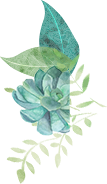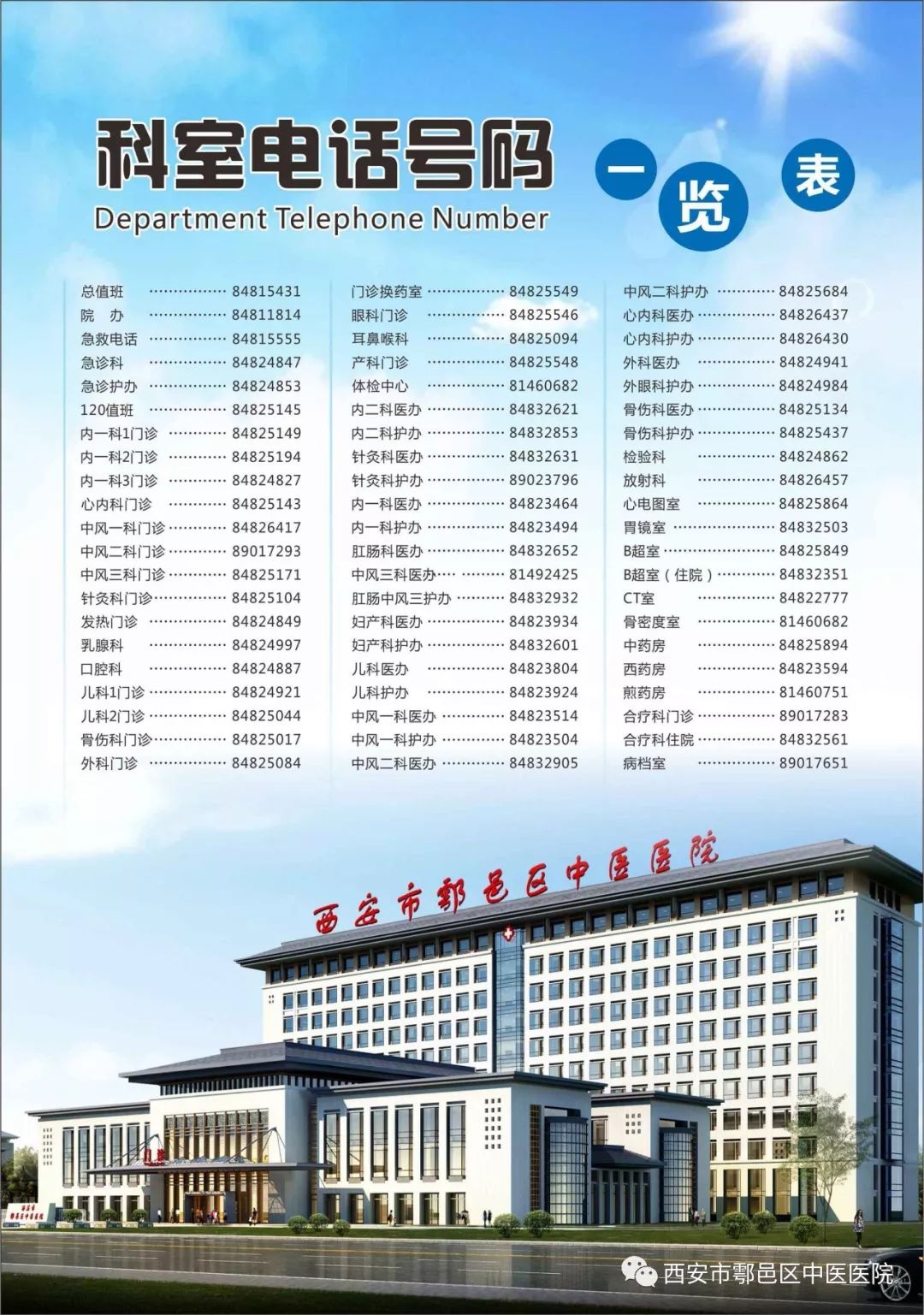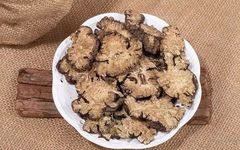Chuanxiong (Scientific name: Ligusticum chuanxiong hort), also known as: Fuxiong, Taixiong, Xiangguo, Jingxiong, etc.

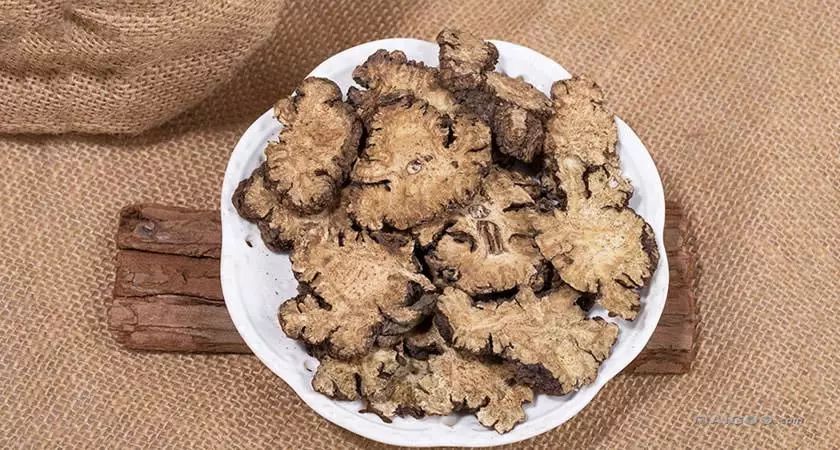
 Source
Source
It is the dried rhizome of the plant Chuanxiong, belonging to the Umbelliferae family. It is mainly produced in Sichuan, Yunnan, Guizhou, Guangxi, Hubei, Hunan, Jiangxi, Zhejiang, Jiangsu, Shaanxi, and Gansu provinces. It is harvested in summer when the nodes on the stem are prominently protruding and slightly purplish. After removing the soil, it is sun-dried and then dried in a kiln, followed by the removal of the fibrous roots.

 Properties and Channels
Properties and Channels
It has a pungent flavor and a warm nature. It enters the Liver, Gallbladder, and Pericardium meridians.
 Functions and Indications
Functions and Indications
It invigorates blood circulation and promotes Qi flow, dispels wind, and alleviates pain. It is used for irregular menstruation, dysmenorrhea, abdominal pain from masses, stabbing pain in the chest and hypochondria, swelling and pain from falls, headaches, and rheumatic pain.
 Precautions
Precautions
It is contraindicated for individuals with Yin deficiency and excessive heat, those with excess above and deficiency below, and those with weak Qi. 1. Ben Cao Jing Ji Zhu: Bai Zhi is an envoy. Avoid Huang Lian. 2. Pin Hui Jing Yao: Prolonged use may disperse true Qi. 3. Ben Cao Meng Quan: Avoid Huang Qi, Shan Zhu, and Wolf Poison. Avoid Nitrate and Talc, Huang Lian. Counteracts Li Lu. 4. Ben Cao Jing Shu: For patients with excess above and deficiency below, fiery Yang rising, vomiting, coughing, spontaneous sweating, night sweats, dry throat, thirst, irritability, these should be avoided. 5. Ben Cao Cong Xin: Not suitable for phlegm-heat causing cough. 6. De Pei Ben Cao: Avoid in cases of severe heat fullness, spleen deficiency with little food intake, and heat-stagnation headaches.
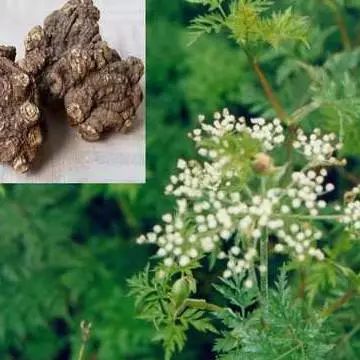


“The Legend of Chuanxiong”

In the early Tang Dynasty, the Medicine King Sun Simiao traveled with his disciples to Qingcheng Mountain in Sichuan, braving the elements to collect medicinal herbs. One day, the master and his disciple were tired and took a break in the dense pine forest. Suddenly, they saw a large female crane playing with several chicks near a cave in the forest. The Medicine King was captivated, but suddenly heard the chicks cry out, and saw the female crane with its head down, trembling legs, and continuously mourning. The Medicine King immediately understood that the female crane was suffering from a serious illness.
The next morning, at dawn, the Medicine King and his disciple returned to the pine forest. Not far from the crane’s nest, the moans of the sick crane were clearly audible. After another day, when they returned to the pine forest, the moans from the white crane’s nest were no longer heard. Looking up, several white cranes were soaring in the sky, dropping a small white flower and some leaves that resembled carrot leaves. The Medicine King instructed his disciple to collect them for preservation.
Days passed, and the female crane had completely recovered, leading the chicks in play as usual. The Medicine King observed that the white cranes loved to visit the ancient cave on the cliff, where a patch of green grass grew, with flowers and leaves resembling those that had fallen from the crane’s beak. The Medicine King instinctively connected the recovery of the female crane with this plant. After experimentation, he discovered that this plant had the effects of invigorating blood circulation, regulating menstruation, dispelling wind, and alleviating pain, and instructed his disciple to take this herb down the mountain to treat patients accordingly, which proved to be effective. The Medicine King excitedly recited: “Qingcheng is the most serene in the world, the first cave in western Sichuan. Where the immortal cranes pass, good medicine descends from the heavens. This herb shall be called Chuanxiong!” Thus, the name “Chuanxiong” was born.

